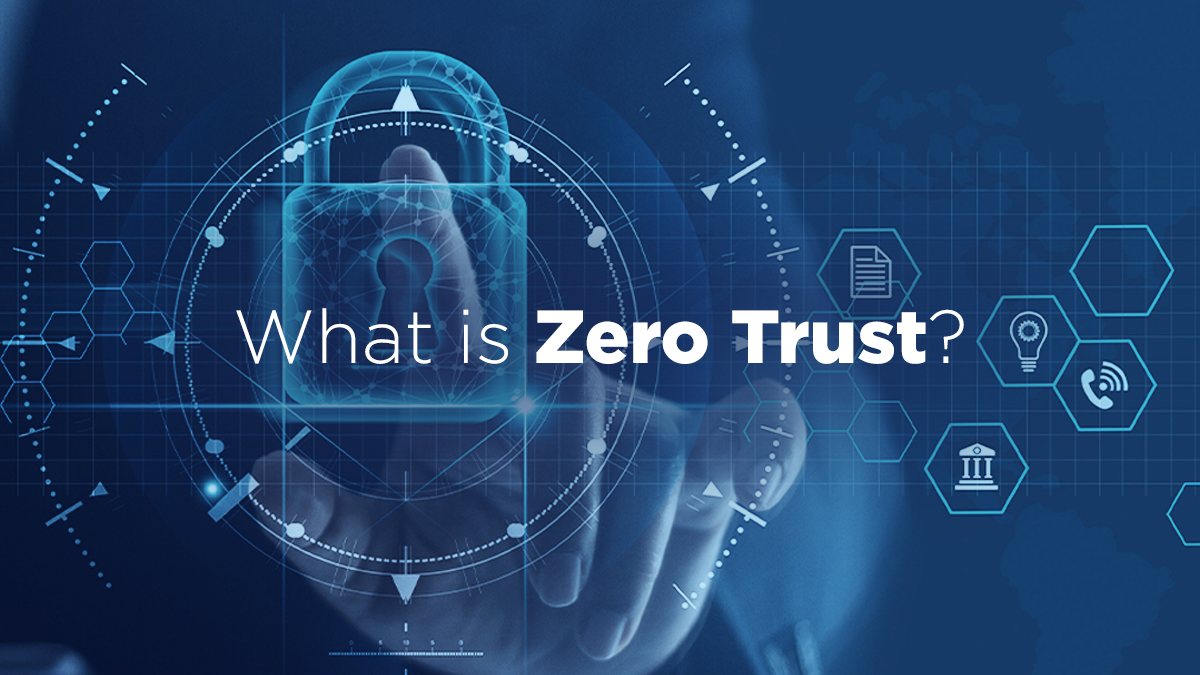Can today’s business leader explain what a vulnerability assessment actually is?
Like trying to explain what water tastes like, or defining the word “the”, we’ve found that while today’s business leader is quite familiar with the term “vulnerability assessment” few can explain what a vulnerability assessment actually is.
Even more, ask three IT professionals what a vulnerability assessment is and you’re likely to get three different answers.
So what is a vulnerability assessment? How often should you have one? How much should you expect to pay? And what’s the difference between a vulnerability assessment and a penetration test? .
Defining a vulnerability assessment as “the process of defining, identifying, classifying, and prioritizing vulnerabilities in computer systems,applications, and network infrastructures”, our friends at TechTarget have published an excellent article defining the process and detailing some of the finer points. Below is a summary of TechTarget’s publication, and a few of their highlighted best practices. (For a deeper dive into the process, check out www.techtarget.com/searchsecurity/definition/vulnerability-assessment-vulnerability-analysis)
As explained by Linda-Rosencrance of TechTarget, a vulnerability assessment can provide an organization with the necessary knowledge to understand and react to threats within its environment. Organizations of any size, or even individuals who face an increased risk of cyber attacks, can benefit from some form of vulnerability assessment, but large enterprises and high-target organizations (eg. insurance agencies, financial institutions, accounting firms, medical offices, law firms) that are subject to attacks will benefit most from a vulnerability analysis as they provide an organization details on any security weaknesses in its environment and direction on how to assess the risks associated with those weaknesses.
The process offers an organization a better understanding of its technology assets, security flaws and overall risk, thereby reducing the likelihood that a cybercriminal will breach its systems and catch the business off-guard.
Types of vulnerability assessments
· Network-based scans: Used to identify possible network security attacks. This type of scan can also detect vulnerable systems on wired or wireless networks.
· Host-based scans: Used to locate and identify vulnerabilities in servers, workstations or other network hosts.This type of scan usually examines ports and services that may also be visible to network-based scans. However, it offers greater visibility into the configuration settings and patch history of scanned systems, even legacy systems.
· Wireless network scans: Focus on points of attack within the organization’s wireless network infrastructure. In addition to identifying rogue access points, a wireless network scan can also validate that a company’s network is securely configured.
· Application scans: Test websites to detect known software vulnerabilities and incorrect configurations in network or web applications.
· Database scans: Identify weak points in a database to prevent malicious attacks, such as SQL injection attacks.
Vulnerability assessment vs. pen test
A vulnerability assessment often includes a penetration testing component to identify vulnerabilities in an organization’s personnel, procedures or processes. These vulnerabilities might not normally be detectable with network or system scans. The process is sometimes referred to as vulnerability assessment/penetration testing, or VAPT.
However, penetration testing is not sufficient as a complete vulnerability assessment and is, in fact, a separate process.
A vulnerability assessment aims to uncover vulnerabilities in a network and recommend the appropriate mitigation or remediation to reduce or remove the risks. It uses automated network security scanning tools, and lists the results in an assessment report. However, it does so without evaluating specific attack goals or scenarios. Organizations should employ vulnerability testing on a regular basis to ensure the security of their networks, particularly when changes are made. For example, testing should be done when services are added, new equipment is installed or ports are opened.
Penetration testing, in contrast, involves identifying vulnerabilities and attempting to exploit them in order to attack. Although sometimes carried out in concert with vulnerability assessments, the primary aim of penetration testing is to check whether a vulnerability really exists and infiltrate the organization. In addition, penetration testing tries to prove that exploiting a vulnerability can damage the application or network.
Finally, while a vulnerability assessment is usually automated to cover a wide variety of unpatched vulnerabilities, penetration testing generally combines automated and manual techniques to help testers delve further into the vulnerabilities and exploit them to gain access to the network in a controlled environment.
For more information or to discuss how a vulnerability assessment can help your organization just complete the form below or set a time to connect.
Portions of this article were written by Linda-Rosencrance and published by TechTarget at www.TechTarget.com/searchsecurity/definition/vulnerability-assessment-vulnerability-analysis








